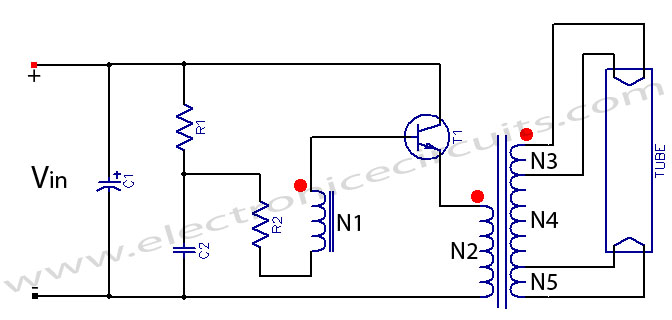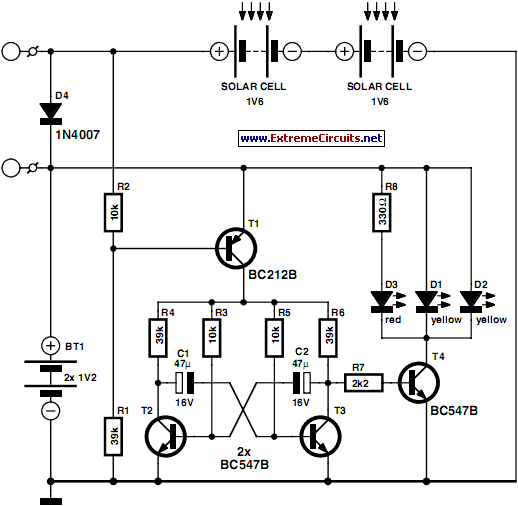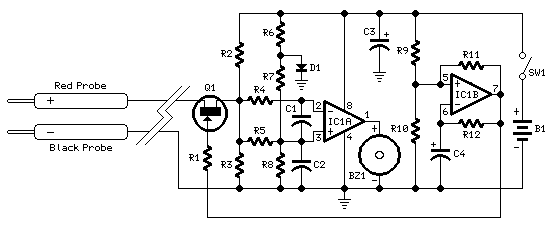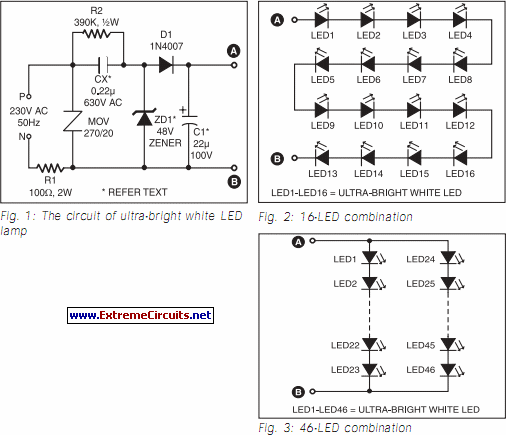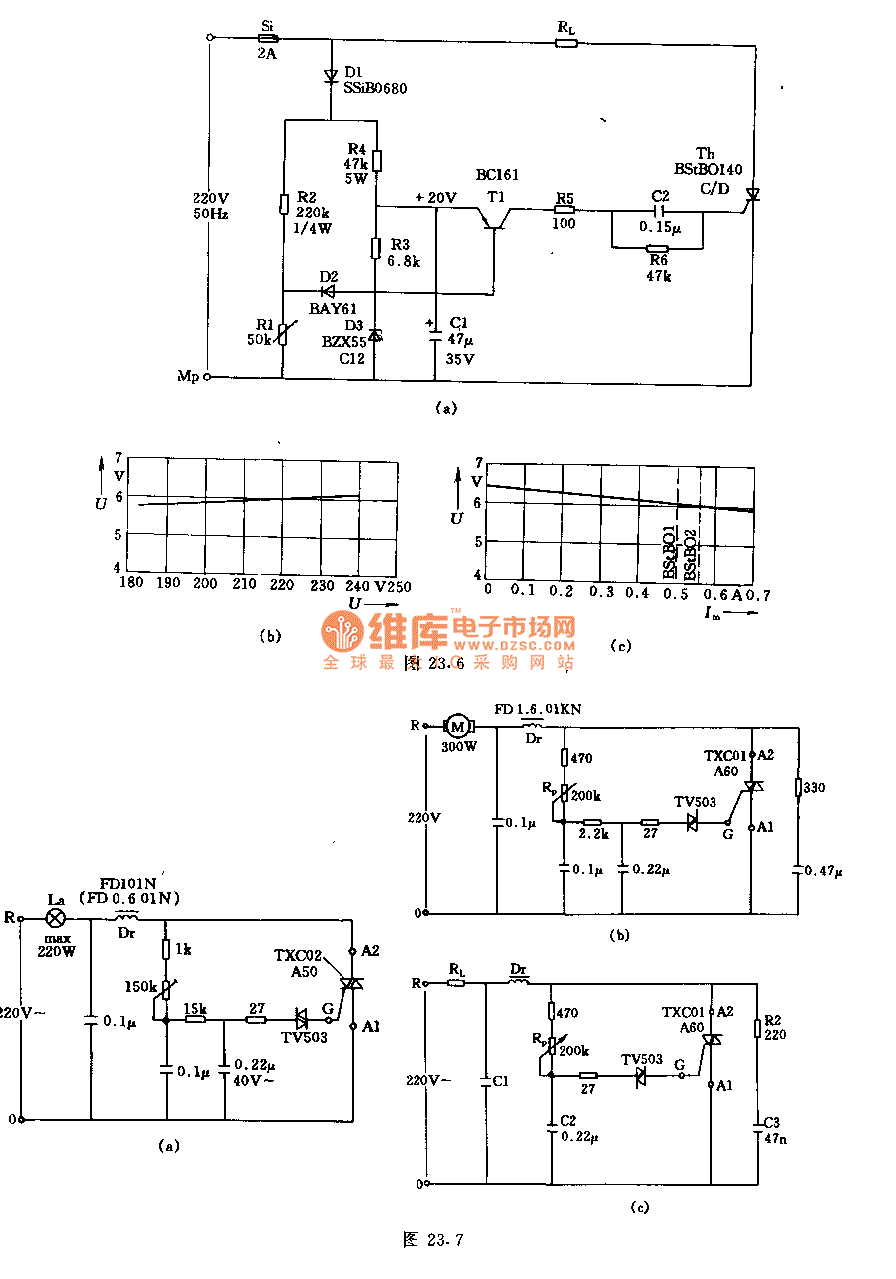
DC Motor Controller Circuit with NE555
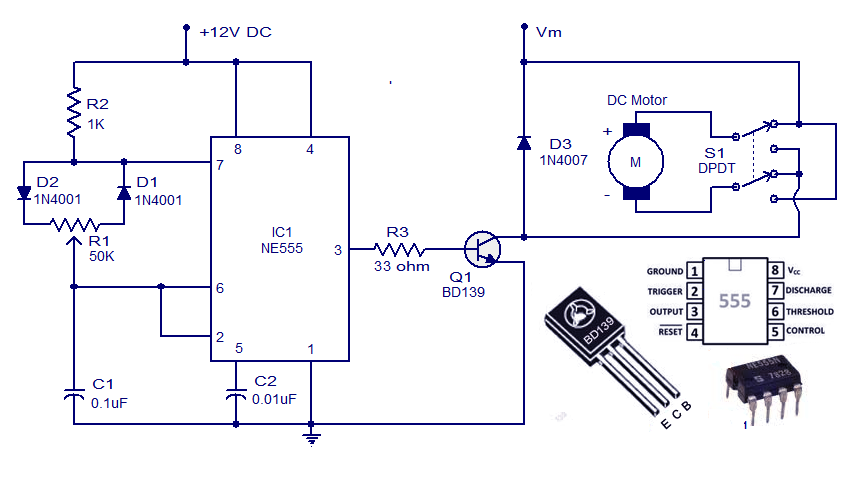
This weblog discusses electronic circuit schematics, PCB design, DIY kits, and electronic project diagrams. A simple DC motor controller circuit utilizing the NE555 timer is presented. Several DC motor speed control circuits are explored, with this being the first example using the NE555 timer IC. In addition to regulating the motor's speed, the circuit also modifies its direction of rotation. The core of this circuit is a PWM circuit based on the NE555 timer. The NE555 is configured as an astable multivibrator, with its duty cycle adjustable by varying the potentiometer R1. The output from IC1 is connected to the base of transistor Q1, which drives the motor according to the PWM signal at its base. A higher duty cycle results in a higher average voltage across the motor, leading to increased motor speed, and vice versa. The direction of the DC motor is modified using a DPDT switch S1, which toggles the polarity applied to the motor upon activation.
The described circuit employs the NE555 timer IC in an astable configuration to generate a pulse-width modulation (PWM) signal, which is essential for controlling the speed of a DC motor. The NE555's output frequency and duty cycle can be adjusted to achieve the desired motor speed. The duty cycle is modified by changing the resistance of the potentiometer R1, allowing for fine-tuning of the motor's performance.
The transistor Q1 functions as a switch, responding to the PWM signal from the NE555. When the PWM signal is high, Q1 conducts, allowing current to flow through the motor, thereby powering it. The average voltage across the motor is directly proportional to the duty cycle of the PWM signal; a higher duty cycle means more time for the motor to receive power, resulting in increased speed. Conversely, a lower duty cycle reduces the average voltage, slowing the motor down.
To control the direction of the motor, a double-pole double-throw (DPDT) switch S1 is employed. This switch allows the user to reverse the polarity of the voltage supplied to the motor, effectively changing its rotation direction. When the switch is toggled, the connections to the motor terminals are reversed, causing the motor to spin in the opposite direction.
This circuit is suitable for various applications, including robotics, automation, and hobby projects, where precise control of motor speed and direction is required. The simplicity of the NE555 timer and the inclusion of a DPDT switch make this circuit an accessible option for both beginners and experienced electronics enthusiasts looking to implement motor control solutions.Welcome to the weblog where we discuss about electronic circuits schematics, PCB design, diy kits and electronic projects diagrams. A simple DC motor controller circuit with NE555 is shown here. several DC motor speed contro l circuits are revealed here however this can be the first one using NE555 timer IC.
additionally to controlling the motors speed its direction of rotation will be also modified using this circuit. A PWM circuit primarily based on timer NE555 is that the heart of this circuit. NE555 is wired as an astable multivibrator whose duty cycle will be adjusted by varying the POT R1. The output of IC1 is coupled to the base of transistor Q1 that drives the motor according to the PWM signal available at its base. Higher the duty cycle the typical voltage across motor will be high which ends in higher motor speed and vice versa.
modification of DC motor direction is attained using the DPDT switch S1 that on application simply toggles the polarity applied to the motor. 🔗 External reference
The described circuit employs the NE555 timer IC in an astable configuration to generate a pulse-width modulation (PWM) signal, which is essential for controlling the speed of a DC motor. The NE555's output frequency and duty cycle can be adjusted to achieve the desired motor speed. The duty cycle is modified by changing the resistance of the potentiometer R1, allowing for fine-tuning of the motor's performance.
The transistor Q1 functions as a switch, responding to the PWM signal from the NE555. When the PWM signal is high, Q1 conducts, allowing current to flow through the motor, thereby powering it. The average voltage across the motor is directly proportional to the duty cycle of the PWM signal; a higher duty cycle means more time for the motor to receive power, resulting in increased speed. Conversely, a lower duty cycle reduces the average voltage, slowing the motor down.
To control the direction of the motor, a double-pole double-throw (DPDT) switch S1 is employed. This switch allows the user to reverse the polarity of the voltage supplied to the motor, effectively changing its rotation direction. When the switch is toggled, the connections to the motor terminals are reversed, causing the motor to spin in the opposite direction.
This circuit is suitable for various applications, including robotics, automation, and hobby projects, where precise control of motor speed and direction is required. The simplicity of the NE555 timer and the inclusion of a DPDT switch make this circuit an accessible option for both beginners and experienced electronics enthusiasts looking to implement motor control solutions.Welcome to the weblog where we discuss about electronic circuits schematics, PCB design, diy kits and electronic projects diagrams. A simple DC motor controller circuit with NE555 is shown here. several DC motor speed contro l circuits are revealed here however this can be the first one using NE555 timer IC.
additionally to controlling the motors speed its direction of rotation will be also modified using this circuit. A PWM circuit primarily based on timer NE555 is that the heart of this circuit. NE555 is wired as an astable multivibrator whose duty cycle will be adjusted by varying the POT R1. The output of IC1 is coupled to the base of transistor Q1 that drives the motor according to the PWM signal available at its base. Higher the duty cycle the typical voltage across motor will be high which ends in higher motor speed and vice versa.
modification of DC motor direction is attained using the DPDT switch S1 that on application simply toggles the polarity applied to the motor. 🔗 External reference
